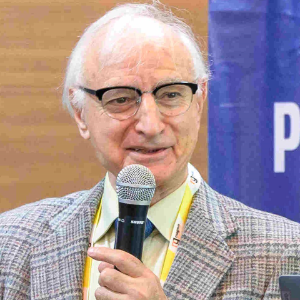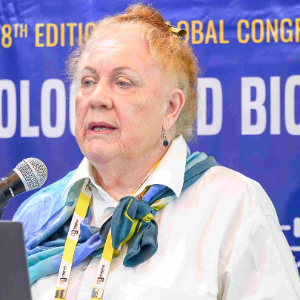Micropropagation
An essential method for plant propagation is micropropagation. It is used to quickly create a large number of plants that are genetically similar. With this technique, tiny fragments of plant tissue are grown in a lab or greenhouse under sterile conditions. The cells divide and differentiate in this environment to create new plants. Plants that are difficult to reproduce using conventional techniques or plants with desirable features, including disease resistance, can be produced by micropropagation. In order to develop novel plant types, micropropagation is frequently employed in plant breeding operations. It can be used to grow healthy plants that can take the place of diseased plants in the field. Restoring endangered species and growing a lot of plants for sale are two further uses for micropropagation. The speed, precision, and efficiency of micropropagation above conventional propagation techniques are its key benefits. The primary drawbacks include the high cost of laboratory workers and equipment, as well as the requirement for a sterile environment.

Mohammad Babadoost
University of Illinois, United States
Mary Cole
The University of Melbourne, Australia
Valasia Iakovoglou
UNESCO chair Con-E-Ect, International Hellenic University, Greece
Satya S S Narina
Virginia State University, United States
Sara Hailemariam
Purdue University, United States
Midhat Mahboob
Lincoln University, New Zealand


Title : Exploring the genetic diversity in tannin-rich forages to explain the large intra species variability in tannin content
Selina Sterup Moore, Aarhus University, Denmark
Title : Isolation and functional properties of biomolecules of plants and its application
Balagopalan Unni, GEMS Arts & Science College (Autonomous), India
Title : Primed for the future: PGPR and the promise of sustainable, heritable crop resilience
Prashant Singh, Banaras Hindu University (BHU), India
Title : Revealing allelic variations in candidate genes associated with grain yield under salinity stress between two contrasting rice genotypes
Nisha Sulari Kottearachchi, Wayamba University of Sri Lanka, Sri Lanka
Title : Adaptive strategies of Aristida L. species across ecological zones of Pakistan: Linking soil characteristics with morphological and physiological traits
Iram Ijaz, University of Agriculture Faisalabad Pakistan, Pakistan
Title : Ethnobotanical survey and abundance of weeds in selected Manihot esculenta (cassava) Crantz farms in Osun state, Nigeria
Dada Caleb Mayokun, University of Ibadan, Nigeria